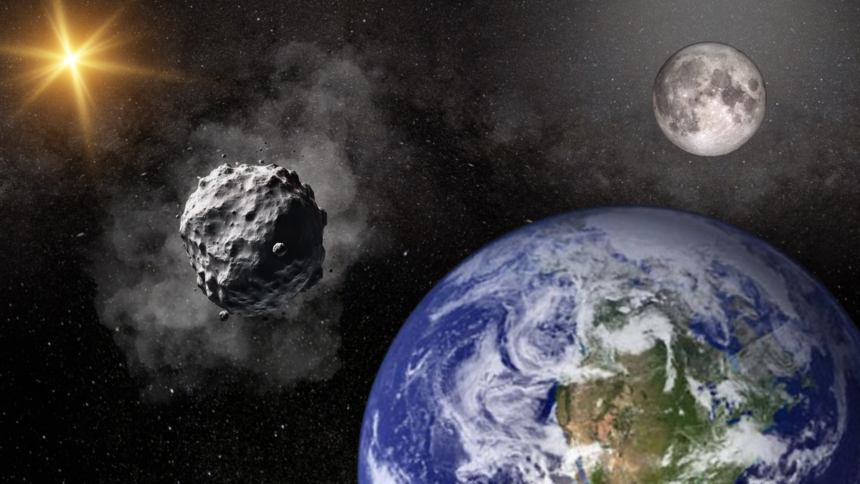The asteroid 2024 PT5 has temporarily entered Earth’s gravitational influence, becoming a “mini moon” from September 29, 2024, until November 25, 2024. This bus-sized space rock, measuring about 10 meters in diameter, was first detected by NASA’s ATLAS system in August 2024. It is traveling at a speed of 3,540 km/h and will follow a horseshoe-shaped orbital path before exiting Earth’s gravity.

While it won’t be visible to the naked eye or with amateur telescopes, professional astronomical observatories will capture images of the asteroid. This isn’t the first time Earth has hosted a temporary mini moon. Previous examples include asteroids 2006 RH120, 2020 CD3, and 2022 NX1.
Although asteroid 2024 PT5 does not pose any risk to Earth, astronomers continue to monitor near-Earth objects (NEOs) for potential threats. NASA’s planetary defense initiatives, such as the DART mission, are designed to prepare for future risks by testing techniques for deflecting potentially hazardous asteroids.
Earth has also hosted quasi-satellites, which orbit the Sun in sync with Earth but are not bound by Earth’s gravity, and Trojan asteroids, which share the planet’s orbit but either lead or follow Earth around the Sun.









